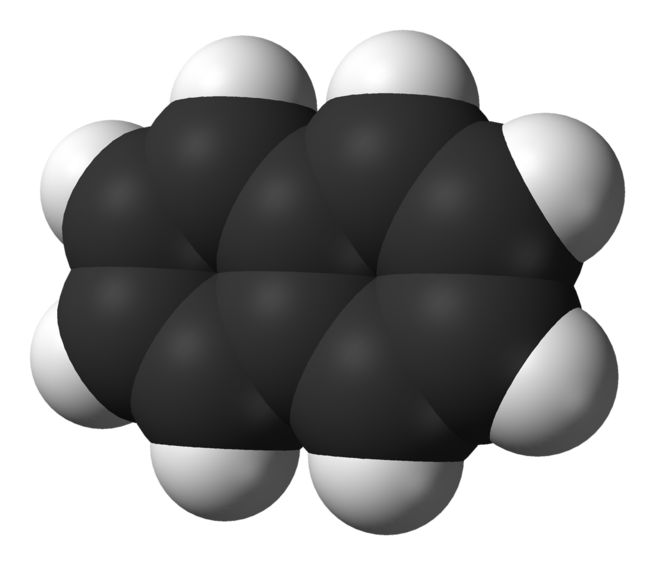Mothballnoun
a small ball of chemical pesticide and deodorant placed in or around clothing and other articles susceptible to damage from mold or moth larvae in order to protect them from this damage; mothballs have either naphthalene or paradichlorobenzene as their active ingredient.
Mothballverb
(transitive) To store or shelve (something no longer used).
Mothballverb
(transitive) To stop using (something), but keep it in good condition.
Mothballnoun
A small sphere of camphor or naphthalene used to keep moths away from stored clothing.
Mothballverb
To put into long-term storage; as, to mothball the battleships not needed after the war.
Mothballnoun
a small sphere of camphor or naphthalene used to keep moths away from stored clothing
Mothball
Mothballs are small balls of chemical pesticide and deodorant, sometimes used when storing clothing and other articles susceptible to damage from mold or moth larvae (especially clothes moths like Tineola bisselliella).
Naphthalenenoun
A white crystalline hydrocarbon manufactured from coal tar; used in mothballs.
Naphthalenenoun
(organic compound) An aromatic bicyclic hydrocarbon, C10H8; an acene containing two fused benzene rings.
Naphthalenenoun
A white crystalline aromatic hydrocarbon, C10H8, analogous to benzene, and obtained by the distillation of certain bituminous materials, such as the heavy oil of coal tar. It is the type and basis of a large number of derivatives among organic compounds. Formerly called also naphthaline.
Naphthalenenoun
a white crystalline strong-smelling hydrocarbon made from coal tar or petroleum and used in organic synthesis and as a fumigant in mothballs
Naphthalene
Naphthalene is an organic compound with formula C10H8. It is the simplest polycyclic aromatic hydrocarbon, and is a white crystalline solid with a characteristic odor that is detectable at concentrations as low as 0.08 ppm by mass.


